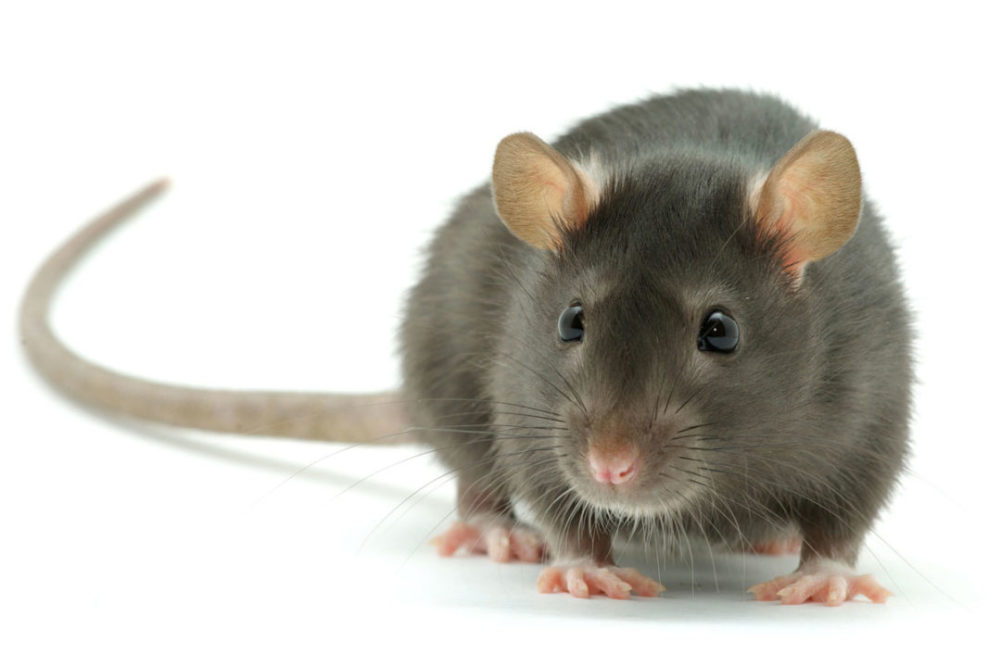Proper pest prevention and management has always been an important part of food safety, especially in food-processing facilities. However, according to Dr. Jim Fredericks, vice president of technical and regulatory affairs, National Pest Management Association, “As the Food Safety Modernization Act [FSMA] gives the Food and Drug Administration [FDA] much more authority and oversight, a lack of or inadequate pest management program can result in fines and shutdowns in addition to tarnished reputations. Since the goal of FSMA is to decrease the incidence of foodborne illness, especially cases that result from contaminated food-manufacturing facilities, operators must proactively implement proper pest-management programs to protect the public from the harmful effects of pests and rodents.”
An effective pest-control program begins with an understanding of potential pests, their feeding habits, where and how they live and various safe and effective methods of controlling and eliminating them.
Pests that need to be watched for in food facilities include cockroaches, flying insects, stored product pests, birds and rodents.
Cockroaches, which are the most-common pests found in food-processing facilities, have been shown to transmit diseases including bacteria such as Salmonella, Vibrio cholera, Staphylococcus aureus and others.
The first step to controlling roaches is eliminating places where they may live, including cardboard boxes. It’s important to seal and fill cracks and crevices throughout the plant in production and non-production areas.
The most common flying insects are the housefly and fruit fly. A single housefly has been estimated to carry up to 3.6 million bacteria. The most effective method of fly control is removing and eliminating breeding sites, which primarily means the availability of garbage. Sticky traps, baited jug traps or sticky ribbons are effective ways to reduce the number of flies. Insecticidal sprays or fogs can also be used to suppress flies.
Stored product pests include insects that use food for nourishment and a habitat, including weevils, beetles, borers and moths. These pests aren’t usually associated with disease, but they are a food contaminant. Regularly cleaning storage areas and processing equipment to remove ingredient spills and accumulated dust is important.
Several species of birds carry disease and therefore pose a risk to food-processing facilities. The most common bird pests are pigeons, sparrows and starlings. The best method of control is eliminating nesting and feeding sites on the building.
Rodents include rats and mice, which must be controlled because they can carry disease and will also damage food containers and consume food. Removing clutter from food plant and storage areas will eliminate rodent hiding places. Finally, rodents must be denied entry into the food plant, which includes filling all structural cracks, screening fan and vent openings and installing drain covers.





